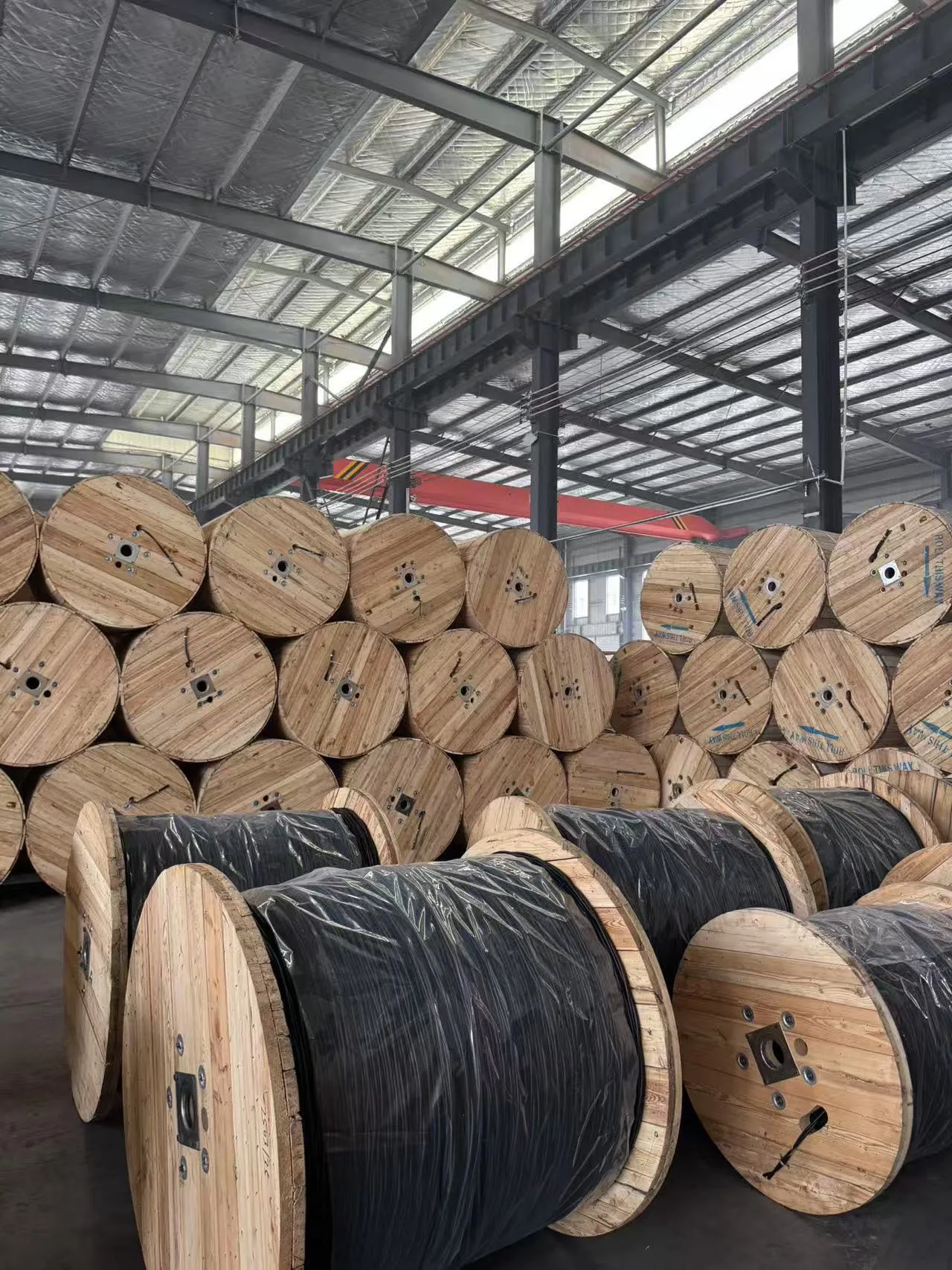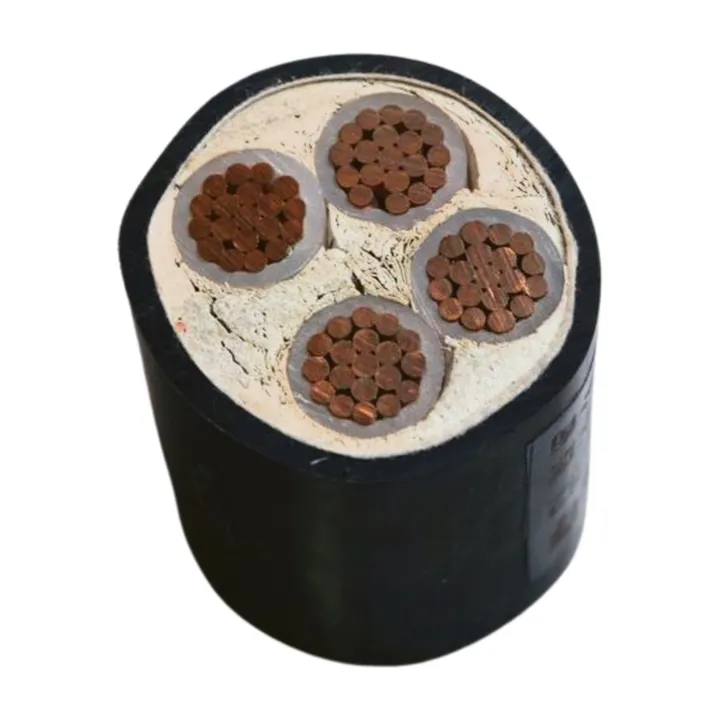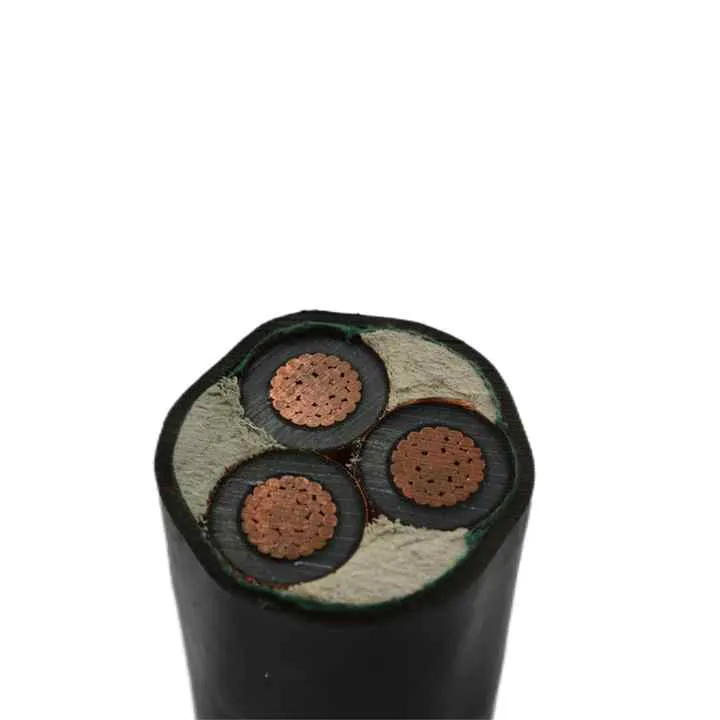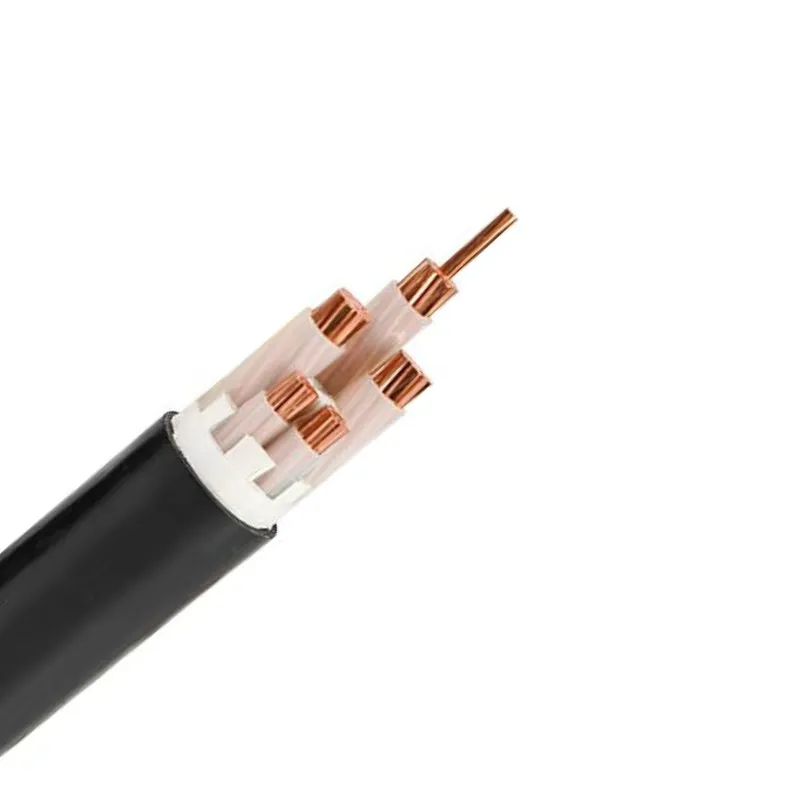Time: 2025-08-07 02:58:37 Source: Henan Province Jianyun Cable Co., Ltd.
Proper storage and transportation of cable drums are critical to maintaining the integrity and performance of electrical cables, such as power, control, or communication cables. Cable drums, typically made of wood or steel and carrying heavy cables (e.g., 500 kg to several tons), require careful handling to prevent damage to insulation, conductors, or sheathing. Improper practices can lead to costly repairs, project delays, or safety hazards. This guide outlines best practices for storing and transporting cable drums, ensuring compliance with international standards and optimal cable condition, presented in a formal and structured manner.

Cable drums are used to store and transport electrical cables, including low-voltage (0.6/1 kV), medium-voltage (6/10 kV to 26/45 kV), and specialized cables (e.g., solar, control). Drums are typically constructed from wood (plywood or solid timber) or steel, with diameters of 1–3 meters and weights ranging from 500 kg to several tons, depending on cable length and type (e.g., copper or aluminum conductors with XLPE or PVC insulation). Proper storage and transportation practices protect cables from environmental damage, mechanical stress, and deformation, ensuring compliance with standards like IEC 60502 and maintaining performance for applications in power distribution or industrial systems.
| Feature | Details |
|---|---|
| Material | Wood (plywood, timber), steel |
| Dimensions | 1–3 m diameter, 1–2 m wide |
| Weight | 500 kg to several tons |
| Standards | IEC 60502, ISPM 15 (wooden drums) |
Effective storage of cable drums prevents damage and ensures cables remain functional for their intended applications:
| Storage Practice | Details |
|---|---|
| Environment | Dry, covered, -20°C to 40°C |
| Positioning | Upright, flat surface, no stacking |
| Protection | Waterproof covers, sealed ends |
| Inventory | Clear labels, FIFO, max 2–3 years |
Safe transportation of cable drums minimizes damage and ensures compliance with logistics regulations:
| Transportation Practice | Details |
|---|---|
| Packaging | ISPM 15 drums, waterproof wrapping |
| Handling | Forklifts/cranes, upright loading |
| Methods | Sea, road, rail with secure fastening |
| Labeling | Specs, handling instructions, documents |
Compliance with regulations and safety practices ensures smooth storage and transportation:
| Consideration | Requirement |
|---|---|
| ISPM 15 | Heat-treated wooden drums |
| Weight Limits | Adhere to container, equipment capacity |
| Customs | Invoice, certifications, CCC |
| Safety | Train personnel, ensure stability |
| Challenge | Solution |
|---|---|
| Moisture Damage | Store in dry areas, use waterproof wrapping |
| Mechanical Damage | Secure drums, use proper handling equipment |
| Customs Delays | Ensure ISPM 15 compliance, complete documentation |
| Inventory Aging | Implement FIFO, limit storage to 2–3 years |
Effective storage and transportation of cable drums are essential to preserve the quality and functionality of electrical cables for power distribution, industrial, or communication applications. By storing drums in dry, stable environments, using ISPM 15-compliant packaging, employing proper handling equipment, and ensuring regulatory compliance, businesses can prevent damage, reduce costs, and avoid delays. Addressing challenges like moisture, mechanical stress, and customs issues through proactive measures ensures cables arrive in optimal condition, supporting reliable installations with a lifespan of 25–30 years.

NA2XS(f)2Y 6/10KV 12/20KV 120 150 185 240 300MM2 Single Conductor Xlpe Insulated

Grounding Cable 3 Core 95mm2 150mm2 240mm2 Aluminum High Voltage Cable

5x35mm 5x25mm Low Voltage Power Cable With PVC Sheath Copper Conductor XLPE Insu

A medium voltage three core armoured power cable is designed for the reliable tr